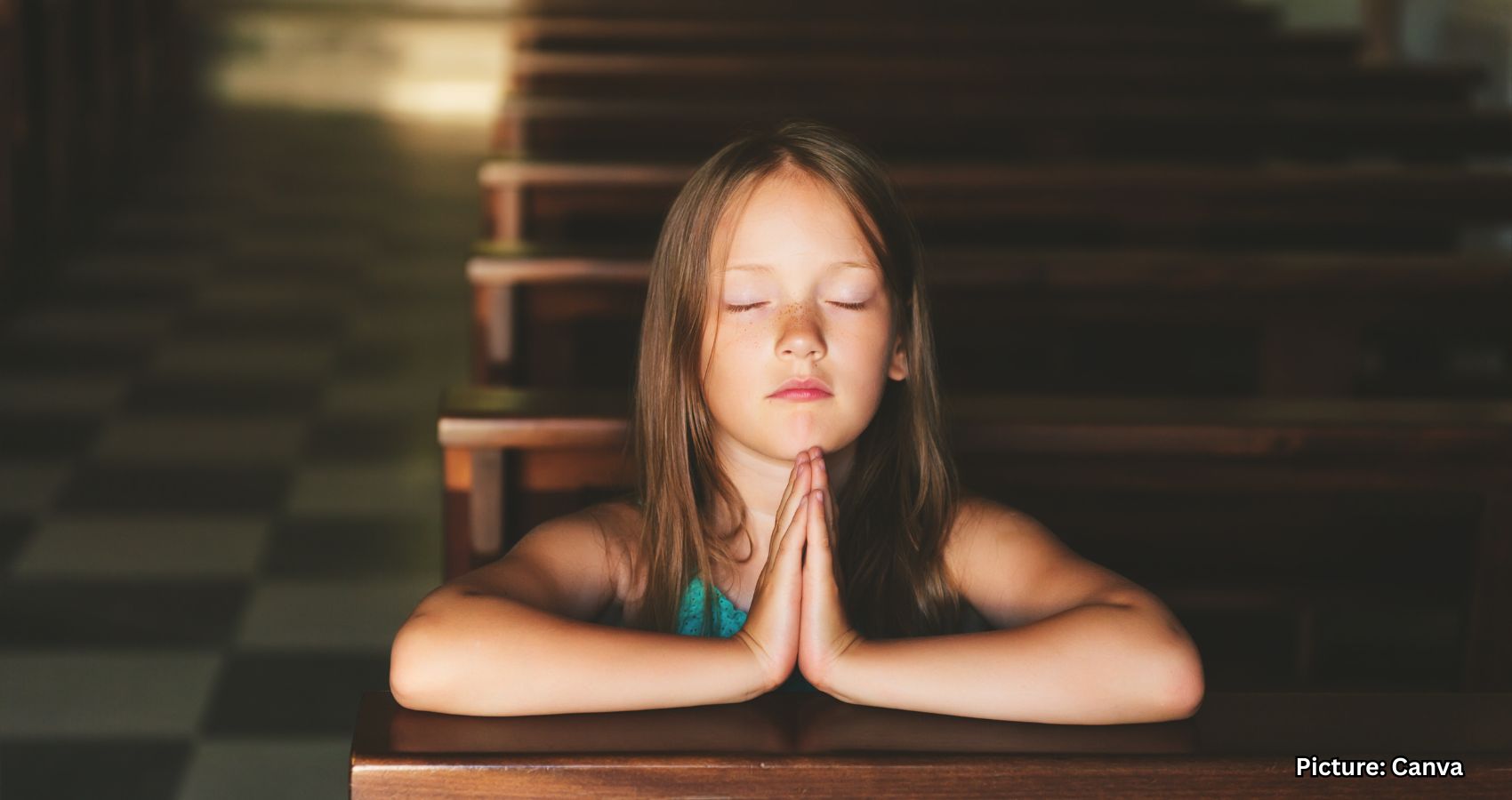One in ten adults under 55 worldwide have left their childhood religion, reflecting a subtle but significant global shift in religious affiliation.
According to a recent study by the Pew Research Center, as of 2020, approximately 76% of the world’s population identifies with a religion, marking a slight decrease from 77% in 2010. This change is primarily attributed to individuals shedding their religious identities after being raised in a religious environment. Most notably, among adults under 55 who were raised with a religion, an estimated 10% have since switched affiliations, choosing either another religion or no religion at all.
The study, which analyzed surveys from 117 countries and territories covering 92% of the global population in 2010, focuses on the age group of 18 to 54 years to examine contemporary patterns in religious switching. While such changes can occur at any stage of life, they are most prevalent in young adulthood. Researchers explored religious switching among Christians, Muslims, Buddhists, Hindus, and those identifying as religiously unaffiliated, noting that while Jews and other small religious groups were part of the study, their sample sizes were too small for individual analysis.
The category of “religiously unaffiliated” encompasses individuals who identify as atheists, agnostics, or respond with “nothing in particular” when questioned about religious identity. It also includes those who select “No religion” or “None” in various surveys and national censuses.
The study reveals that 91% of adults aged 18 to 54 remain within the religion or non-religion of their upbringing, a phenomenon known as “retention.” However, retention rates differ significantly among various religious categories. Hindus and Muslims exhibit the highest retention rates at 99% each, with only 1% of individuals raised in these faiths switching out. Among those who grew up without a religion, 93% continue to hold no religious affiliation.
Conversely, Christians, the largest religious group globally, show a lower retention rate with 83% of adults raised in the faith continuing to identify as Christian. Buddhists have the lowest retention rate among studied religions, with fewer than eight in ten (78%) retaining their childhood faith.
Globally, the most common trend in religious switching is disaffiliation—individuals leaving their childhood religion to adopt no religious identity. Both Buddhists and Christians demonstrate the highest rates of individuals transitioning to a religiously unaffiliated status. For example, 19% of those raised as Buddhists no longer identify with any religion, while an additional 3% follow a different faith.
In contrast, it is more common for those raised as Hindus and Muslims to convert to other religions rather than to no religion at all. Meanwhile, 7% of individuals brought up without a religious background have embraced a religion during adulthood.
The impact of religious switching on each group’s size depends not only on retention but also on the number of newcomers to the faith. Christians have witnessed the largest overall losses due to religious switching, with a net loss of 11.6 individuals per 100 raised as Christians. Buddhists experience significant losses as well, losing 22.1 people per 100 raised as Buddhists, offset by a relatively high joining rate, resulting in a net loss of 9.8 people.
On the other hand, the religiously unaffiliated category has seen a net gain of 16.7 individuals per 100 originally raised without a religion, indicating the highest rate of people joining (24.2) against a moderate leaving rate (7.5).
Muslim and Hindu populations have remained largely unaffected by religious switching as the rates of entrance into and exit from these religions have roughly balanced out. However, the Christian and Buddhist shares of the global population have declined between 2010 and 2020, with Christians dropping by 1.8 percentage points and Buddhists by 0.8 points.
Religious switching is more prevalent in countries with a high Human Development Index (HDI), which measures life expectancy, education, and income. In regions with HDI scores of 0.8 or higher—classified by the United Nations as “high”—18% of individuals aged 18 to 54 have changed religions. Conversely, in the 16 countries with HDI scores below 0.55, only 3% of the same age group have switched religions.
However, economic development alone does not explain the patterns of religious switching, as several countries across different HDI score ranges demonstrate low switching rates, particularly in many Muslim-majority nations and Buddhist-majority countries like Thailand and Cambodia. Legal restrictions in some regions, such as Algeria, Brunei, Egypt, and Malaysia—where laws impose penalties for leaving Islam—also contribute to these low switching rates. In India, numerous states enforce anti-conversion laws, further influencing religious retention.
These findings suggest a nuanced but meaningful shift in global religious dynamics, with implications for cultural and sociopolitical landscapes worldwide.
Source: Original article

